We are very excited to show off everything we have to offer this week. First, we have completely revamped our GPS-RTK to bring you the second edition with even better precision and location-finding services. Second, we have our first MicroPython-powered LED driver. Third, to go along with the LED driver we have three APA102-2020-based LED rings that will add millions of colors to your next project! Let's get started!
Literal, millimeter accuracy!
The SparkFun GPS-RTK2 raises the bar for high-precision GPS and is the latest in a line of powerful RTK boards featuring the ZED-F9P module from u-blox. The ZED-F9P is a top-of-the-line module for high accuracy GNSS and GPS location solutions including RTK, which is capable of 10mm, three-dimensional accuracy. With this board, you will be able to know where your (or any object's) X, Y and Z locations are within roughly the width of your fingernail! The ZED-F9P is unique in that it is capable of both rover and base station operations. Utilizing our handy Qwiic system, no soldering is required to connect it to the rest of your system. However, we still have broken out 0.1"-spaced pins in case you prefer to use a breadboard.
If you are looking for the previous version of the SparkFun GPS-RTK, don't worry, we still carry it! It can be found here.
Now you're thinking with substitute LED ring portals.
The LumiDrive LED Driver is SparkFun's foray into all things Python on microcontrollers. With the SparkFun LumiDrive you will be able to control and personalize a whole strand of APA102s directly from the board itself. We've broken out a number of analog and digital pins from the on board SAMD21G-AU microcontroller to incorporate your own external buttons, switches and other interfaces to interact with your addressable LED strip.
This is the three-inch version of the SparkFun LuMini LED Ring, packed with 60 individually addressable LEDS! LuMini is a miniaturized version of our Lumenati LED line, but instead of utilizing 5mm-by-5mm APA102 LEDs (APA102-5050), LuMini uses a 2mm-by-2mm package (APA102-2020). This allows for incredibly tight pixel densities, and thus, a more continuous ring of color for you to use!
Of course, if you need your LED ring to be slightly smaller, we also carry a version of the LuMini in a two-inch, 40 LED package...
... As well as a one-inch, 20 LED package. Please note that this version only has four mounting points, unlike its siblings above that each have eight.
Each of these 10-packs of tiny 4.7µF SMD decoupling capacitors offers a DC voltage rating of 16V and a capacitance tolerance of -20% to +80%. Each of the LuMini LED rings has a small spot on the back for one of these caps in case you are using them in larger installations, to prevent voltage dips when turning on a large load of LEDs all at once.
Last up this week is this special version of the SparkFun Pro RF. Functionally, it is the exact same as the version that released in October but, as you can tell, these have a black board instead of the normal red. Honestly, we accidentally ordered the wrong color PCB, and rather than just put them with our scrap panels, we figured some of you might prefer the black! These will only be available for a limited time so once they're gone, they're gone.
Alright, everyone, that's all of the new products that we have for you this week! As always, we can't wait to see what you make! Shoot us a tweet @sparkfun, or let us know on Instagram or Facebook. We’d love to see what projects you’ve made!
We'll be back next week with even more fantastic new products!
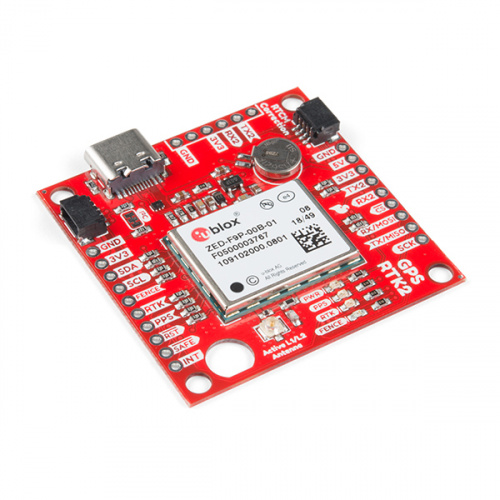
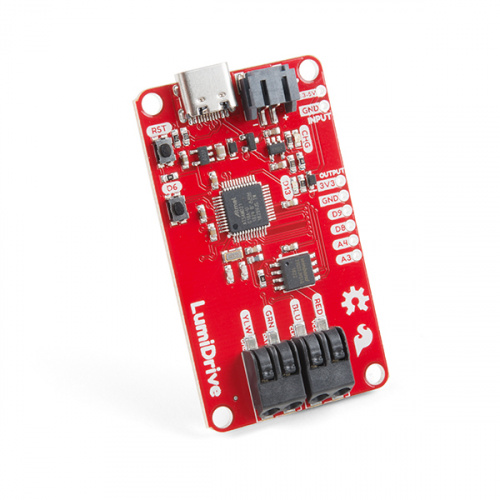
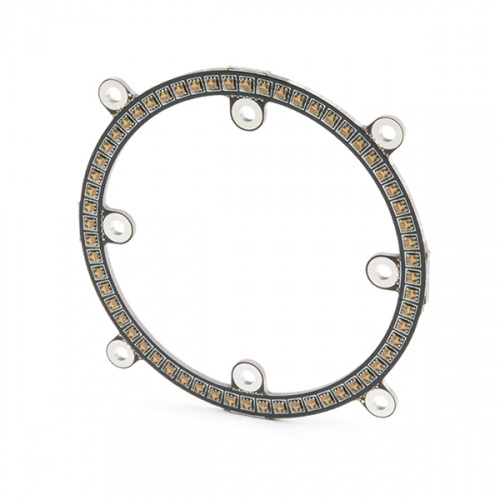
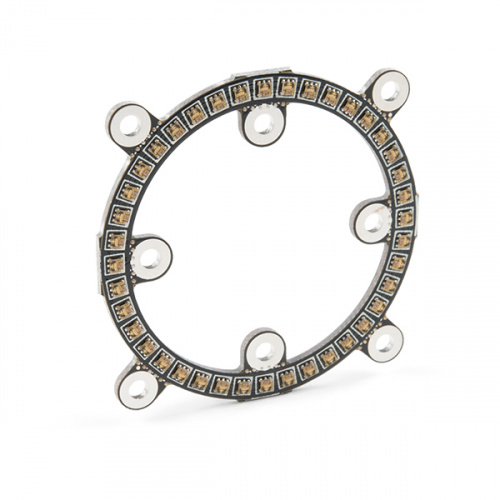
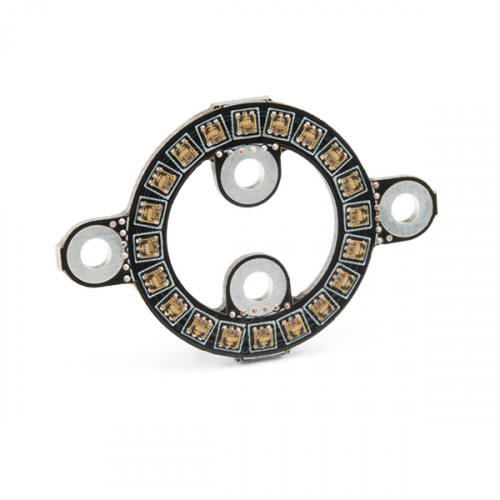
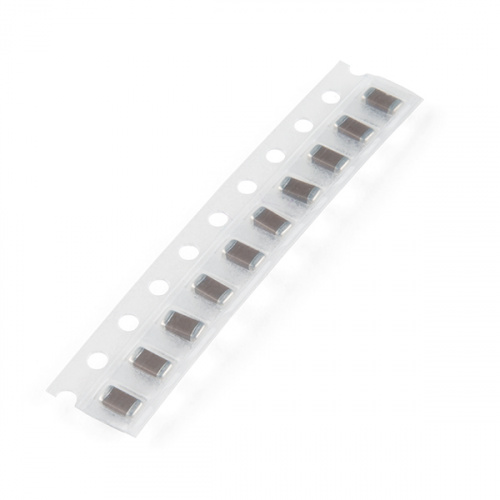
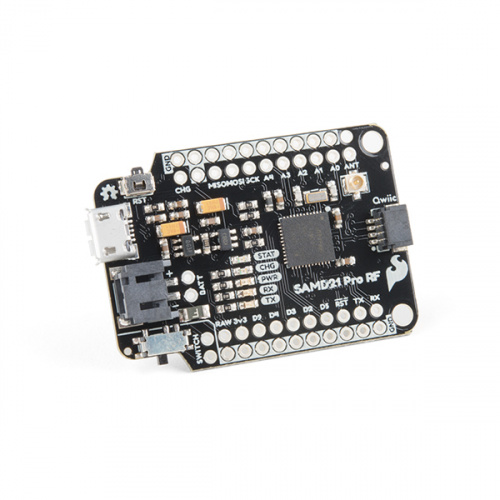
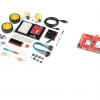
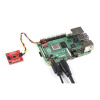
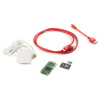






Oh, two missed design opportunities with these new products...
LumiDrive LED Driver: What, no QWIK connector? The SDA and SCL pins of the SAMD21 aren't even being used.
LuMini LED Rings: Removable mounting tabs should be electrically in parallel to the input connector pads to more easily use these in wearables (integrated with lilypads). Yes, the smallest one would need two more mounting tabs, but 4 on the outside and two on the inside wouldn't be too crowded.
I'm not all full of criticism today, though. I do like the use of the spring tension terminal blocks on the LED driver instead of screw terminals that have infested hobby electronics. Also, nice to see more things embracing the microcontroller Python environments (micro..., circuit..., etc). But I don't see any mention here or on the product page (and I'm too lazy to look up the partnumber on the schematic) about the size of the SPI flash. How big is it, and how large of a "thumb drive" will one see on their computer for python code and associated data files?